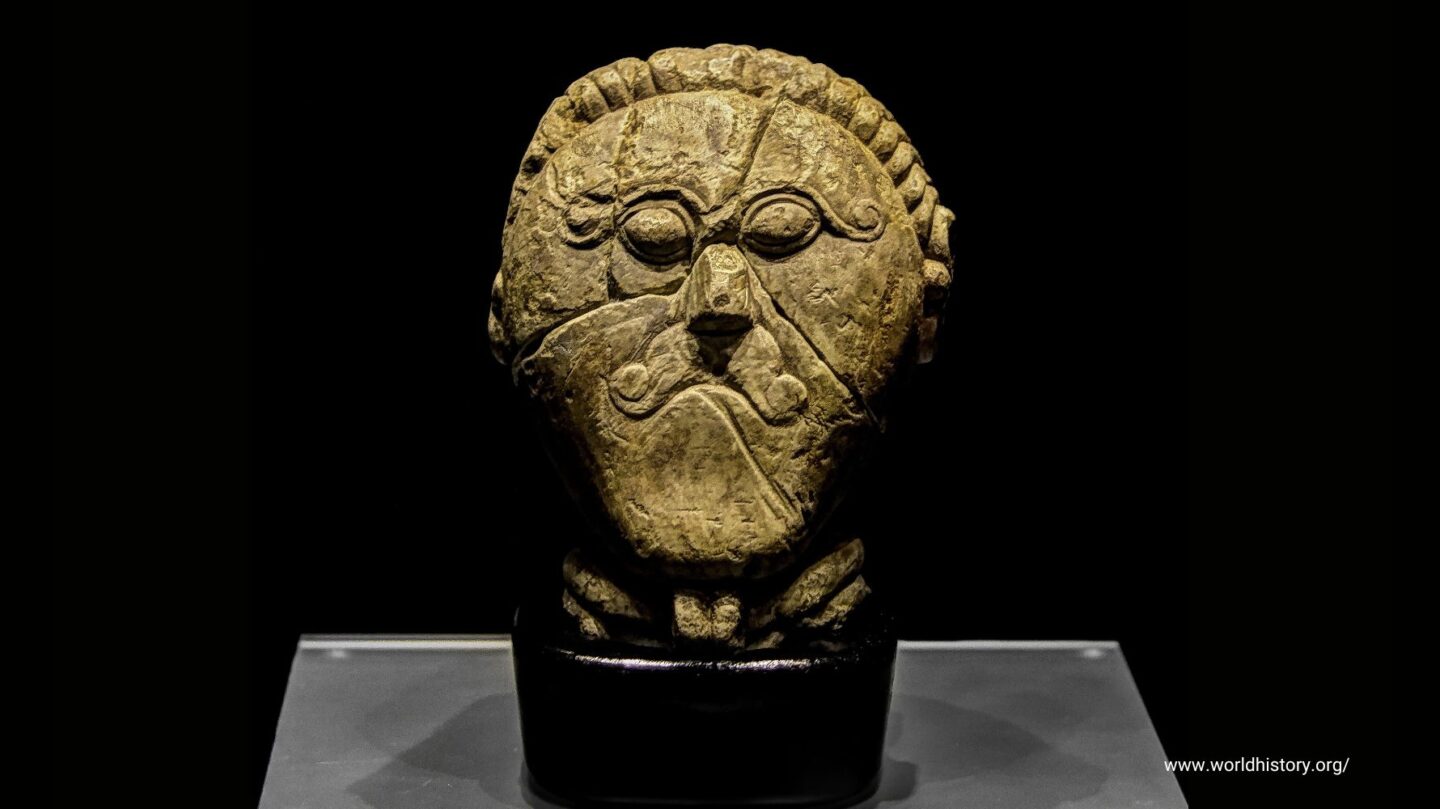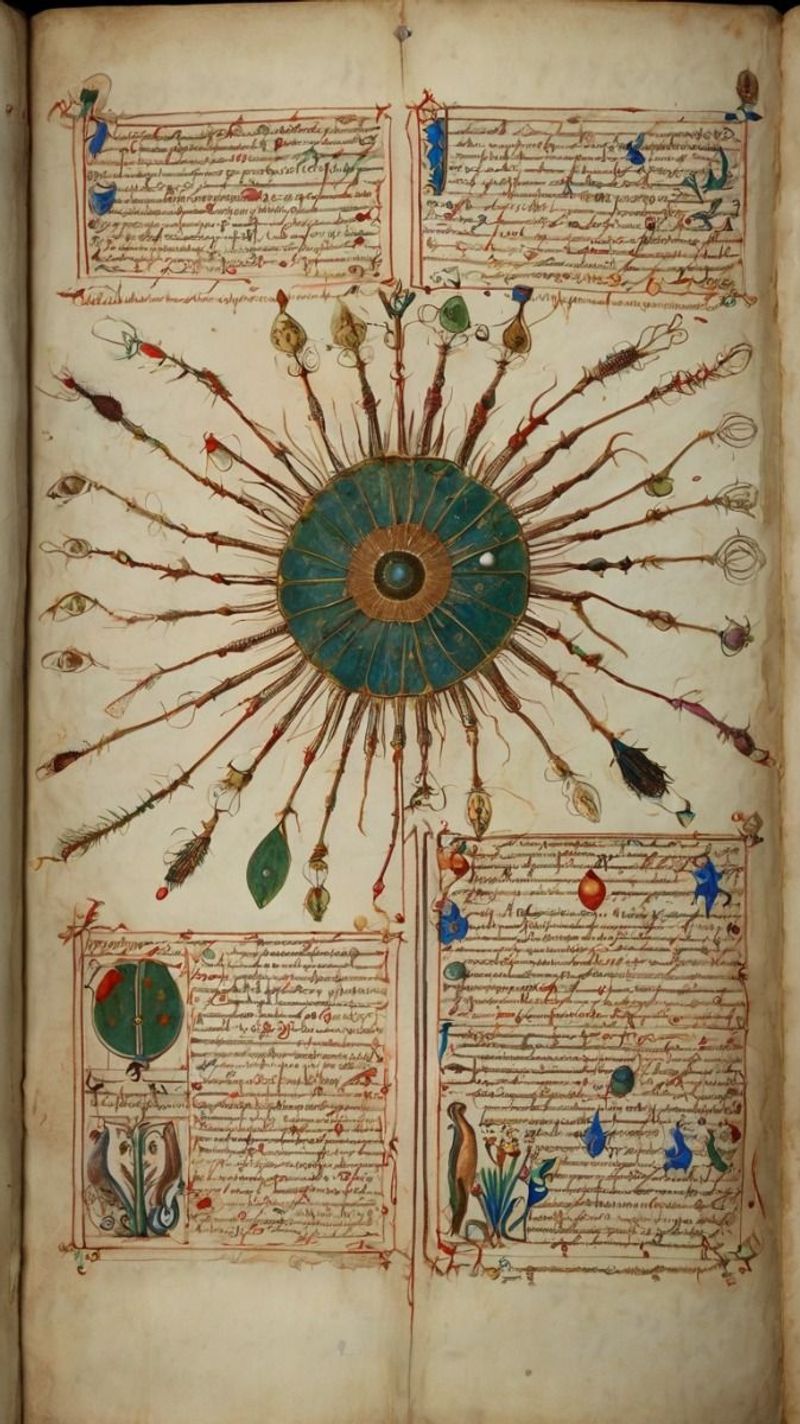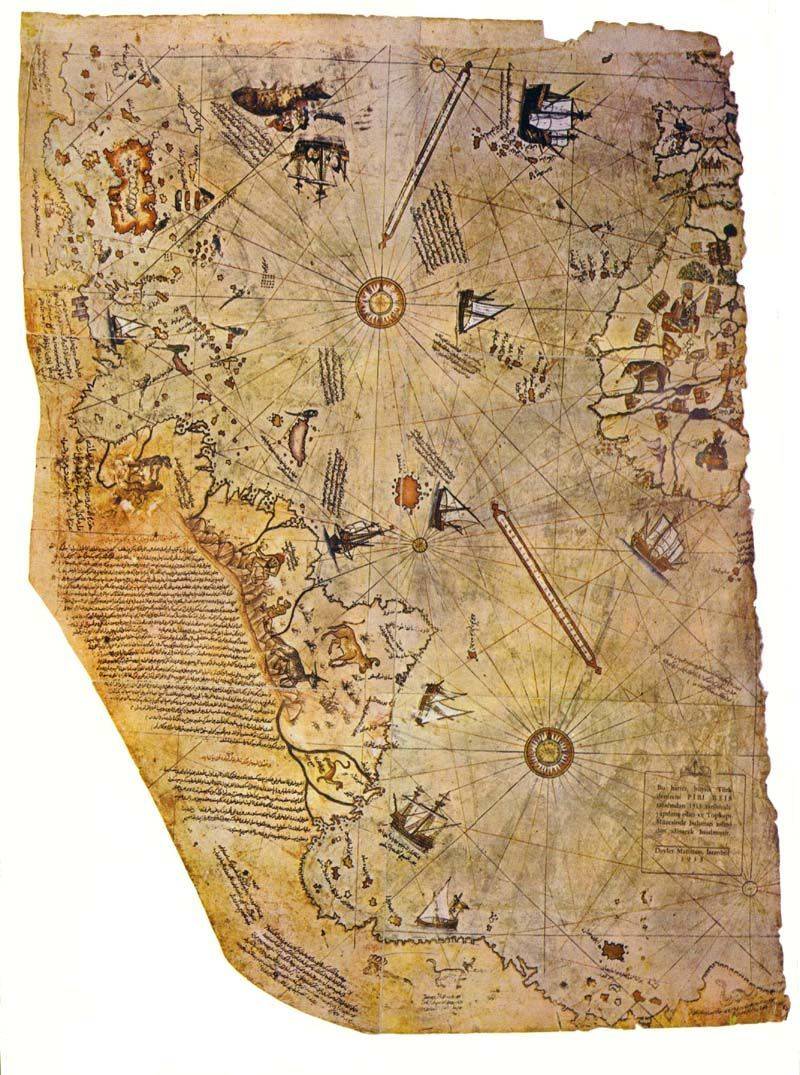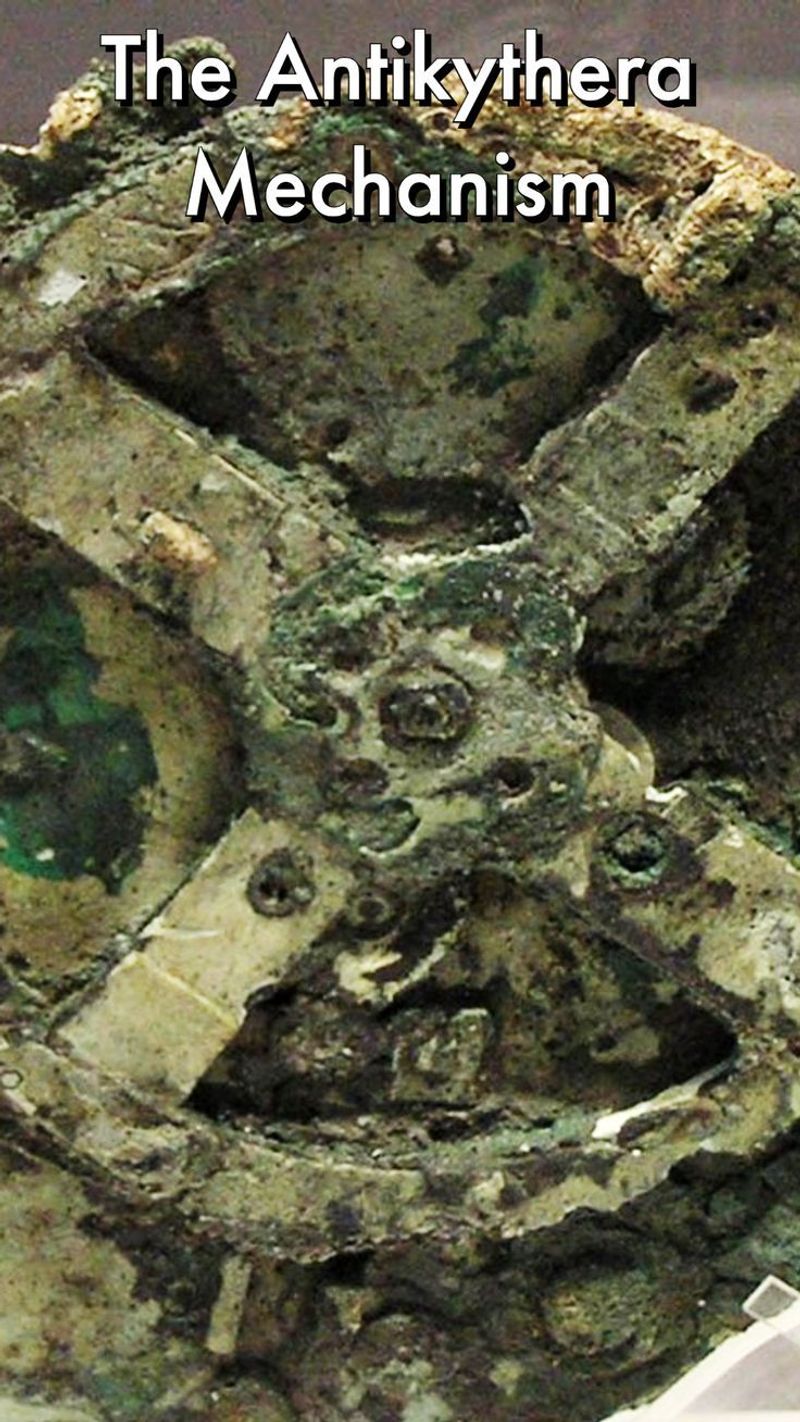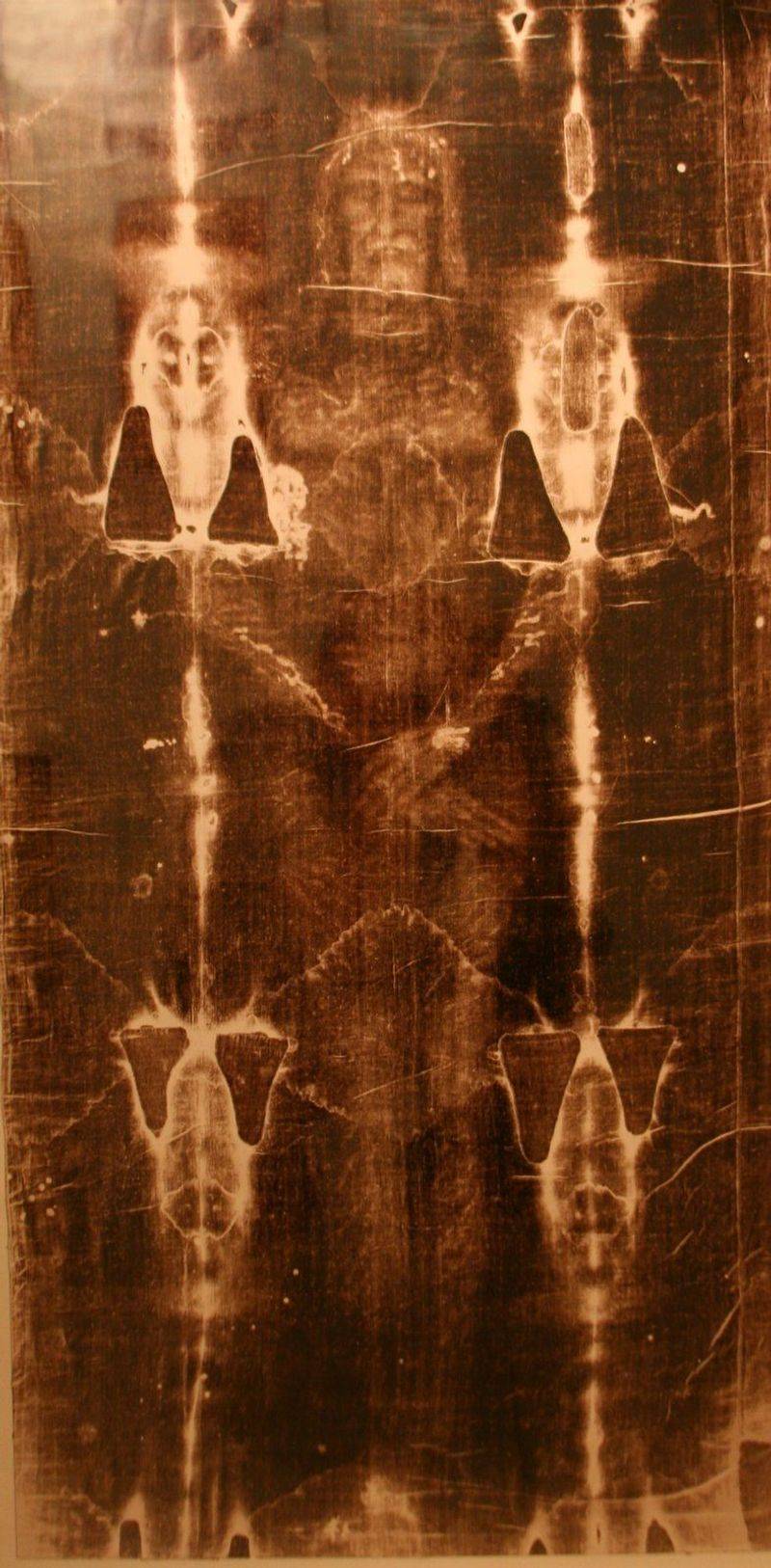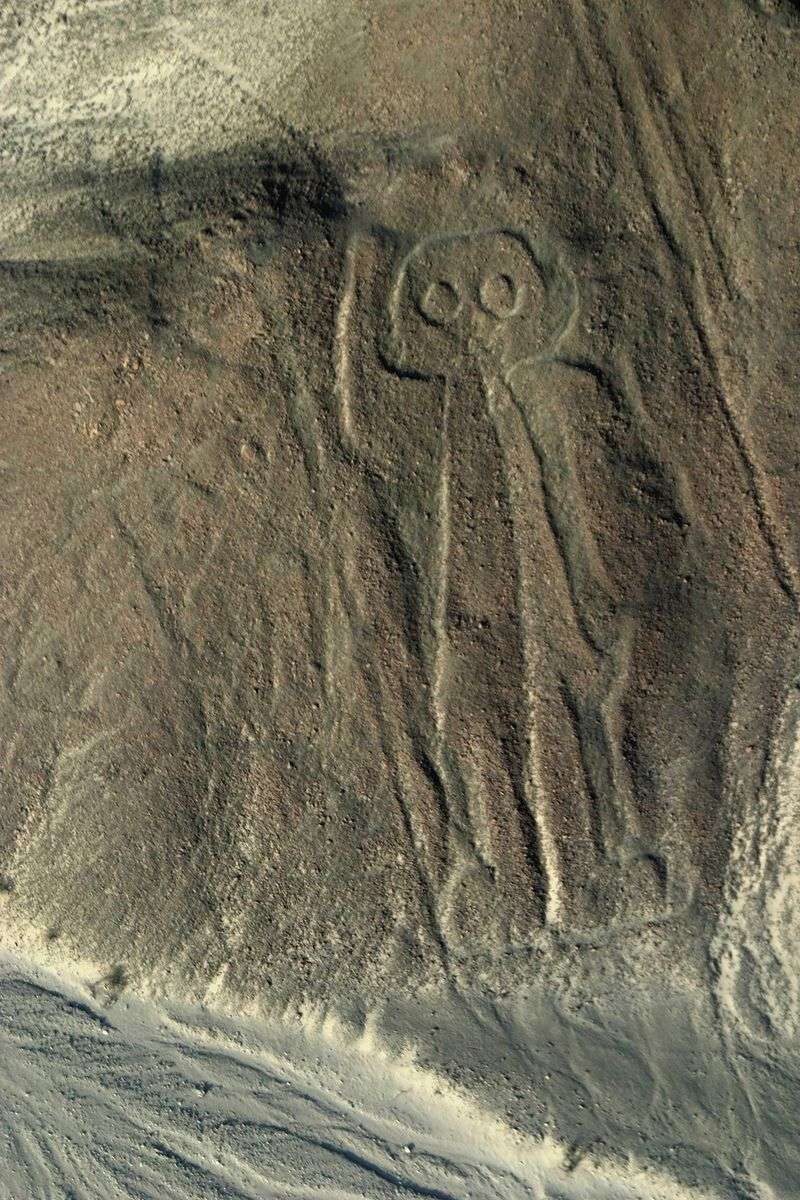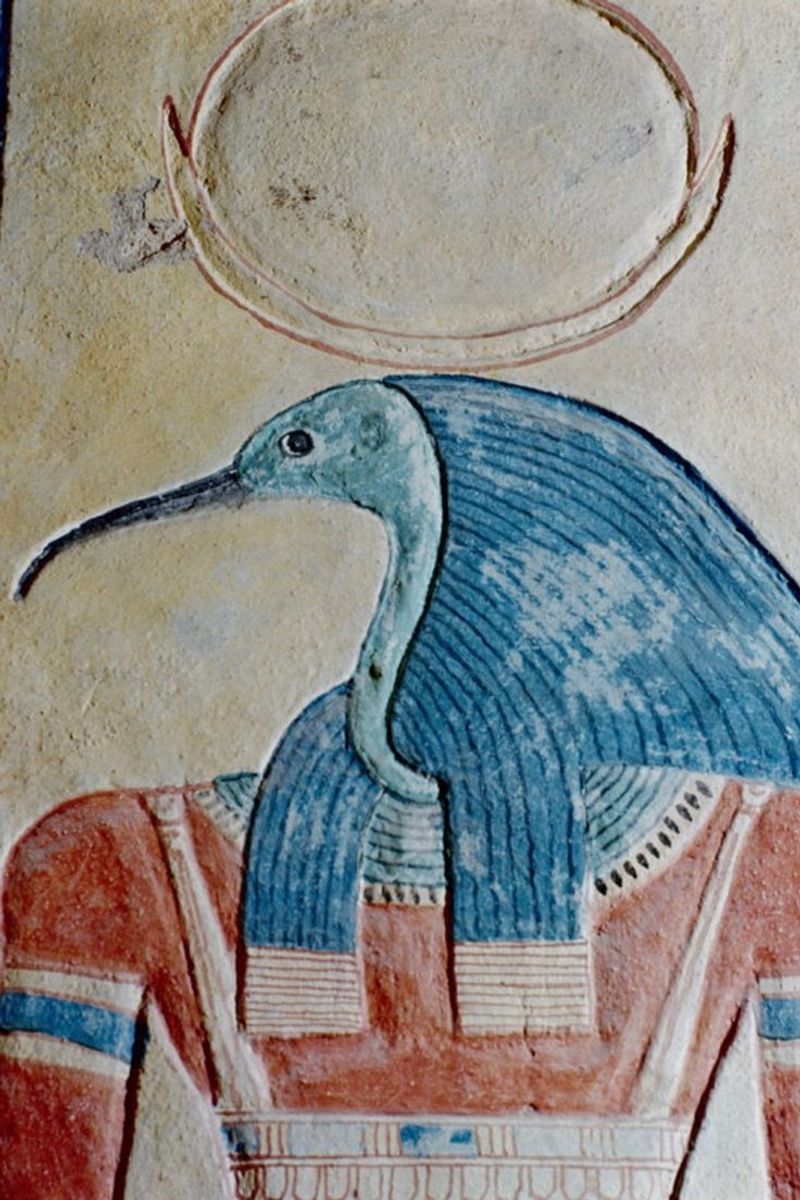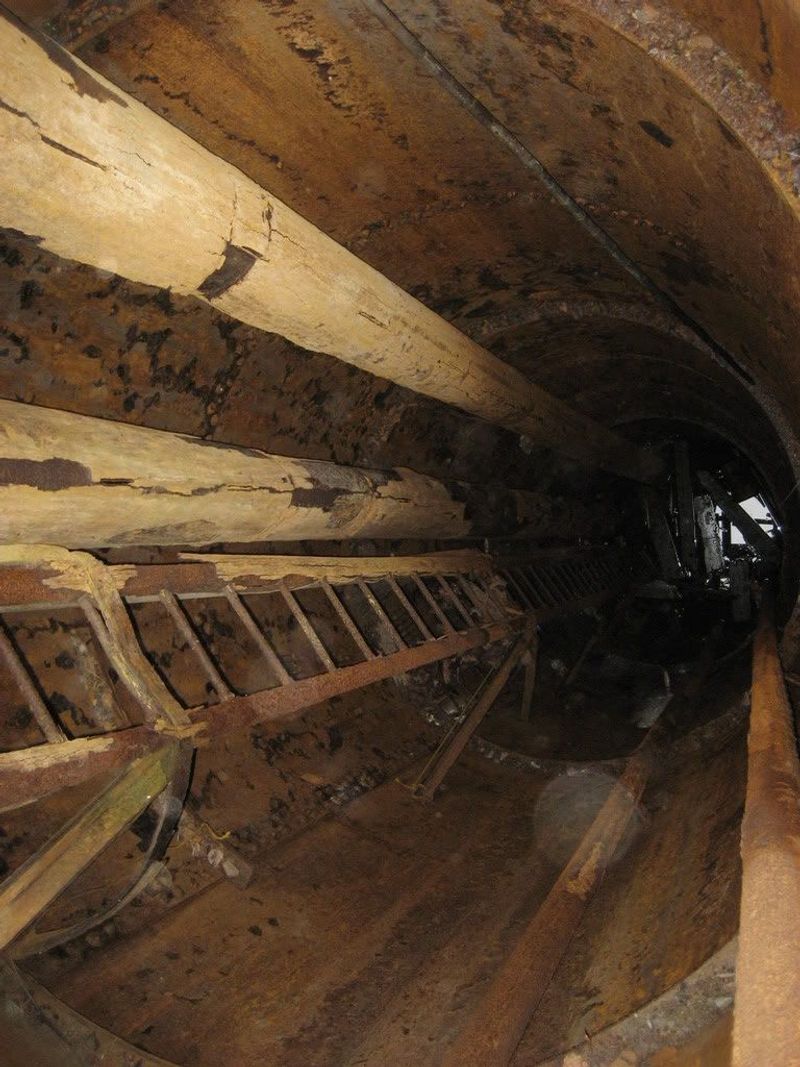Throughout history, humankind has discovered numerous artifacts that baffle even the most seasoned archaeologists and scientists. These objects defy conventional understanding, offering glimpses into forgotten civilizations or unexplained technologies. In this blog post, we delve into ten mysterious artifacts that continue to puzzle experts around the world.
The Stone Spheres of Costa Rica
Scattered across the Diquís Delta in Costa Rica, the stone spheres are perfectly round boulders. These enigmatic artifacts vary in size and weight, with some weighing up to several tons. Crafted from gabbro, a hard igneous rock, their precision suggests skilled workmanship. However, their purpose and creators remain unknown. Were they symbols of status, religious artifacts, or part of some ancient celestial alignment? The spheres’ mystery adds to the allure of Costa Rica’s rich archaeological heritage. They remain an intriguing puzzle for researchers, inviting speculation about the culture that produced them and the technology they employed.
The Voynich Manuscript
The Voynich Manuscript is an illustrated codex, handwritten in an unknown script. Carbon-dated to the early 15th century, it has baffled cryptographers for decades. Its pages are adorned with bizarre botanical drawings and mysterious astronomical charts. Despite numerous attempts to decipher the text, its meaning remains elusive. The manuscript seems to defy all efforts to unlock its secrets, leading to various theories about its origins. Was it a hoax, a coded message, or something entirely different? The Voynich Manuscript continues to challenge modern cryptography, inviting speculation and wonder. It is a puzzle from the past yet to be solved.
The Baghdad Battery
The Baghdad Battery consists of a clay jar with a copper cylinder and iron rod, possibly dating back to the Parthian or Sasanian period. Found near Baghdad, Iraq, some believe it might have been used to generate electricity. The concept challenges our understanding of ancient technological capabilities. Could this artifact suggest that ancient civilizations had knowledge of electrochemistry? The true purpose of the Baghdad Battery remains speculative. Whether it was a simple storage vessel or an ancient power source, it intrigues historians and scientists. It prompts us to reconsider our assumptions about technological advancements in ancient times.
The Piri Reis Map
The Piri Reis Map, created by the Ottoman admiral Piri Reis in 1513, is a world map noted for its detailed depiction of the Americas. How did Piri Reis draw such an accurate map, including the coastline of Antarctica, which was supposedly undiscovered at the time? Theories suggest access to ancient sources of geographical knowledge. The map’s precision and mystery fuel debates among historians and cartographers. While some argue it hints at lost civilizations with advanced mapping skills, others remain skeptical. The Piri Reis Map challenges our understanding of historical exploration and cartography, leaving many questions unanswered.
The Antikythera Mechanism
The Antikythera Mechanism, discovered off the coast of Greece, is a complex ancient device believed to be an early analog computer. It dates back to around 100 BC. This intricate device was used to predict astronomical positions and eclipses. Despite decades of study, scientists still struggle to fully understand its sophisticated engineering. The level of craftsmanship challenges our perceptions of ancient technology. How did such advanced knowledge exist over 2,000 years ago? This artifact leaves us marveling at the ingenuity of our ancestors, urging further exploration into ancient technological capabilities. It remains a mystery that intrigues and inspires.
The Shroud of Turin
The Shroud of Turin is an ancient linen cloth bearing the image of a man, believed by some to be Jesus Christ. Its origins and authenticity have been a subject of debate for centuries. Radiocarbon dating suggests it originates from the medieval period, but questions remain. How was the image created? Some theories propose it was formed by a burst of ultraviolet light. The shroud has been studied extensively, yet no definitive explanation has emerged. Believers and skeptics alike are drawn to its mystery. It continues to inspire both religious faith and scientific inquiry, remaining a subject of wonder.
The Crystal Skulls
Crystal skulls are intricately carved quartz skulls discovered in various locations, including Mexico and Central America. Their origins and purpose are shrouded in mystery. Some believe they possess mystical powers or originate from lost civilizations like Atlantis. Despite investigations, their authenticity and age are hotly debated. Are they ancient artifacts or modern forgeries? The crystal skulls captivate with their craftsmanship and mystery, inviting interpretations ranging from scientific to spiritual. They stimulate the imagination, prompting us to ponder the limits of ancient craftsmanship and the allure of legends that surround them. They remain enigmatic, bridging the past with the mystical.
The Nazca Lines
The Nazca Lines are vast geoglyphs carved into the desert floor of southern Peru, featuring shapes like animals and plants. Created between 500 BCE and 500 CE, their purpose remains a mystery. Some theories suggest they were astronomical calendars, while others propose ceremonial or religious uses. How the ancient Nazca people constructed these massive designs without aerial views continues to baffle researchers. The lines’ longevity and precision are awe-inspiring. They invite us to explore the ingenuity of ancient cultures and the profound connection between art and the environment. The Nazca Lines remain an open book of possibilities.
The Saqqara Bird
The Saqqara Bird is an ancient Egyptian artifact resembling a bird, crafted from sycamore wood. Dating back to approximately 200 BCE, it exhibits aerodynamic qualities that suggest knowledge of flight. Found in a tomb in Saqqara, Egypt, it prompts speculation about its purpose. Was it a child’s toy, a ceremonial object, or an early experiment in aviation? The Saqqara Bird challenges our understanding of ancient Egyptian technology. Its design hints at sophisticated understanding, yet its true role remains elusive. It invites us to reconsider what ancient civilizations knew about aerodynamics and the possibilities of flight long before modern aviation.
The Oak Island Money Pit
The Oak Island Money Pit, located in Nova Scotia, Canada, is shrouded in legends of hidden treasure. Discovered in the late 18th century, it has been the site of numerous excavation attempts. Despite centuries of exploration, the pit’s contents remain a mystery. Some believe it holds pirate treasure, while others suggest it’s a natural sinkhole. Theories abound, yet no definitive evidence has been found. The Money Pit continues to captivate treasure hunters and historians alike. It embodies the allure of mystery and the thrill of discovery, inspiring endless speculation about what might lie beneath its depths. It remains unsolved.
